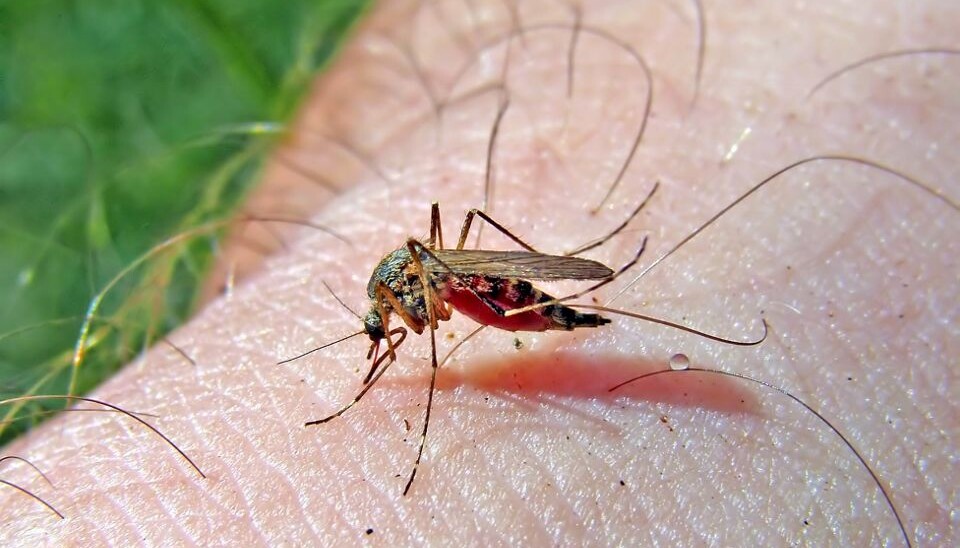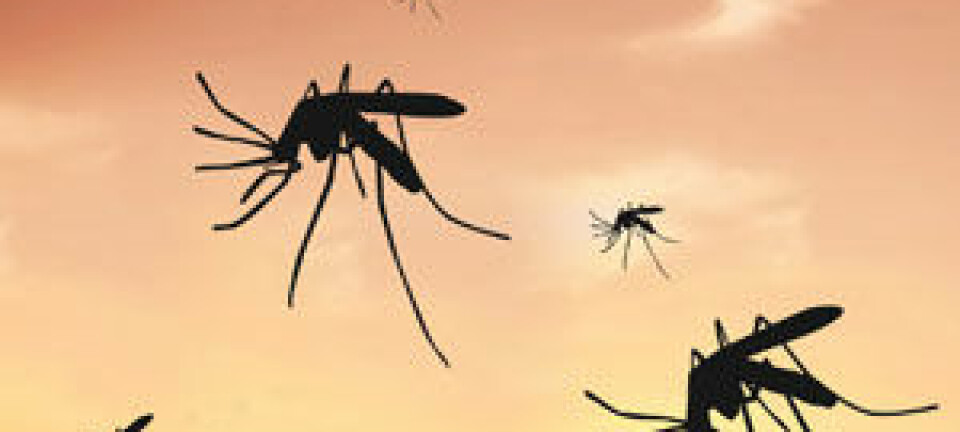
Malaria's deadly grip explained
Scientists have identified the protein that the deadliest malaria parasites bind to in humans. Now the way is paved for a malaria vaccine.
Every year, some 650,000 people around the world die from malaria, and a further 200 million are infected.
Malaria is a deadly disease partly because of protein ’hooks’ that the malaria parasite uses to cling on to the inside of human blood vessels, leaving the body unable to get rid of it.
Now researchers have identified the proteins on which the malaria parasite has a strong grip.
The discovery is a major step towards developing a vaccine against the disease.
We we tested some of the other strong protein hooks, they also bound to the surface protein EPCR. So we have found the exact location in the blood vessels to which all the malaria parasites that cause the deadliest forms of malaria bind.
”Last year we identified the strongest of the malaria parasite’s protein hooks,” says Assistant Professor Thomas Lavstsen, of Copenhagen University’s Department of International Health, Immunology and Microbiology.
“And now we have also found the receptor on the inside of the blood vessels where the protein hooks attach themselves. We thus now have both sides of the story and can start working towards developing a vaccine that can prevent the malaria parasite from binding to the blood vessels and cause malaria.”
The discovery is published in the journal Nature.
Strong hooks can kill
When the malaria parasite enters our bloodstream, it binds to the inside of the blood vessels with proteins that sit on the surface of the parasite.
Many of the classic symptoms of malaria are associated with the function of EPCR. When this function is put out of action, we see the classic signs. Therein lies the potential for understanding malaria and to start developing a vaccine against the disease.
These proteins have different binding strengths, and malaria parasites with the strongest bonds cause the most severe forms of malaria such as cerebral malaria, which is one of the main causes of death among children in Africa.
Up to now, however, researchers have not known which of the surface proteins in the vascular cells that the malaria parasite’s proteins bind to.
One protein for many hooks
To find out how the malaria parasite binds to the inside of our blood vessels, Lavstsen’s colleague Assistant Professor Louise Turner contacted an English company that specialises in getting cells to form proteins on the surface of cell membranes.
With their help, the researchers could test which of the thousands of proteins on the vascular wall that the malaria parasite’s strongest protein hooks bind to.
Here it turned out that the protein hooks only bound to one surface protein.
”When we tested some of the other strong protein hooks, they also bound to the surface protein EPCR,” says Turner. “So we have found the exact location in the blood vessels to which all the malaria parasites that cause the deadliest forms of malaria bind.”
It all makes better sense now
EPCR (endothelial protein C receptor) is an incredibly important receptor in our bodies as it is centrally placed in the signalling pathway that regulates blood clotting, the body’s immune response and cell wall integrity.
Lavstsen believes the discovery will make it easier to understand the course of the malaria disease and what makes it so deadly.
Three of the classic symptoms of malaria are:
- Increased blood clotting. If this occurs in the brain there is a high risk of blood clots, which are one of the main causes of people dying of cerebral malaria.
- The immune system overreacts to inflammation in the body.
- Swelling as a result of damaged cell walls. This is particularly serious if it arises in the brain.
”We have not proved this in our study, but it all seems so clear now,” says Lavstsen. “Many of the classic symptoms of malaria are associated with the function of EPCR. When this function is put out of action, we see the classic signs. Therein lies the potential for understanding malaria and to start developing a vaccine against the disease.”
He believes though that it could take up to ten years before we’ll be seeing a malaria vaccine on the market.
-------------------------
Read the Danish version of this article at videnskab.dk
Translated by: Dann Vinther








